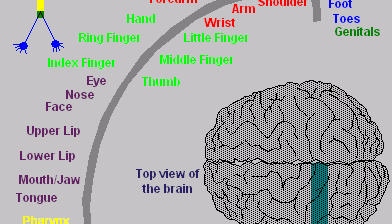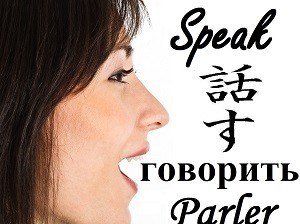21 Aug How Do You Think?
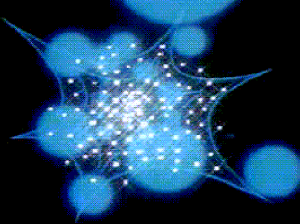
Weighing the Options As part of my quest for the truly intelligent system, I have invested much in investigating and attempting to describe how people think. I am particularly concerned with how people integrate multiple ideas or constraints into their thinking and decision-making processes. More ideas help make better decisions: consider my posts on exformation and […]
18 Aug Neuromorphic Computing
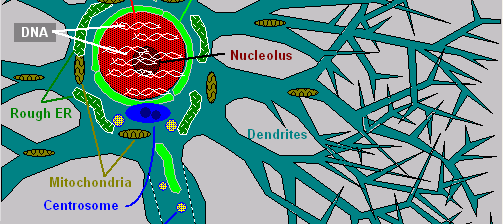
To Mimic is Human When is imitation not flattering or sincere? I try to be sincere in my blogging, and I have tried not to unnecessarily emphasize the computing ability of the human brain, but the whole point of this blog is to imitate it using computers. A neuromorphic (resembling the brain and/or neurons) computing model […]
17 Aug Stimuli
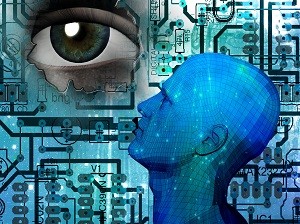
Responses to Stimuli When we speak of computational systems, we use words like “input” and “output” and “program“. When computers become able to communicate, understand and process knowledge in context, will we use different words: words that are more anthropomorphic? I’ve been playing with anthropomorphic concepts with MIPUS. In today’s post I will draw us […]
13 Aug MIPUS the Robot Assistant

MIPUS Graphical Study Aid I’d like to introduce you to a friend of mine: His name is MIPUS. The main intent of the Understanding Context blog is to investigate mechanical models of cognition. What do robots have to do with language understanding (my main focus), you may ask. As you can see in the illustration, […]
11 Aug Emotion – The Perturbable Mr. Amygdala
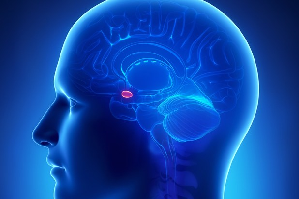
Fear and the Amygdala Have you ever been asked not to be so emotional, or on the contrary, to show more emotion? Or have you been asked to suppress a specific emotion, such as fear? I recall a scene from an Indiana Jones movie in which, after a scene of amazing heroics, a pilot tells […]
06 Aug Finding yourself in the Hippocampus
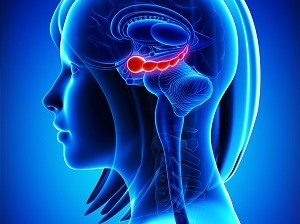
On October 6, 2014, the Nobel Assembly at Karolinska Institutet awarded The 2014 Nobel Prize in Physiology or medicine to John O´Keefe and to May‐Britt Moser and Edvard I. Moser for their discoveries of cells that constitute a positioning system in the brain. John O´Keefe is Director of the Sainsbury Wellcome Centre in Neural Circuits […]
02 Aug What is a Set: Multiple Meanings in Digital Lingo

Polysemy What is the meaning of “bump” or “set” or “spike”? Polysemy means multiple meanings, or semantic representations for a single word or phrase. In digital Lingo, that is ones and zeros, we have the ultimate example of minimal symbolic diversity delivering infinite possible meanings. Fortunately human languages give you more than two choices of symbols, […]





